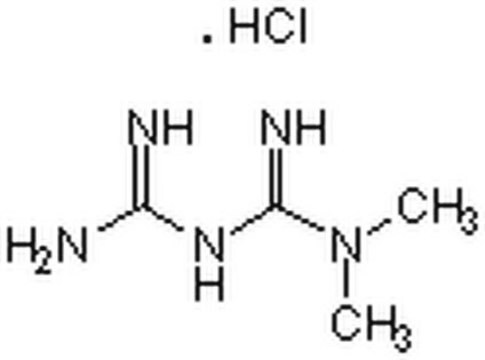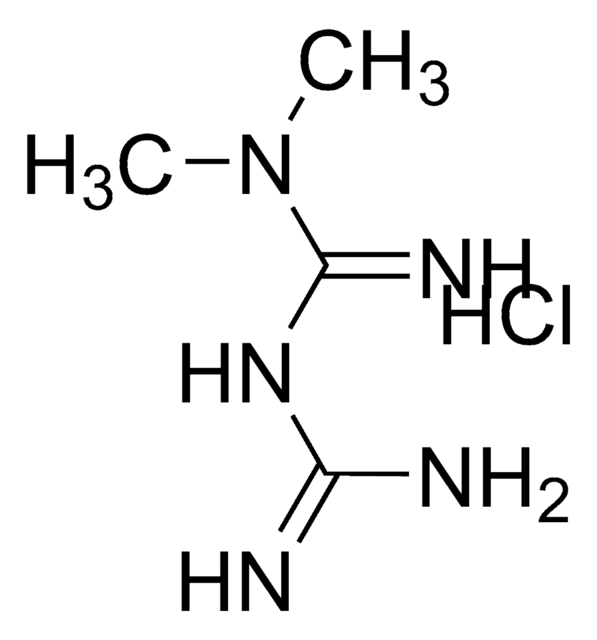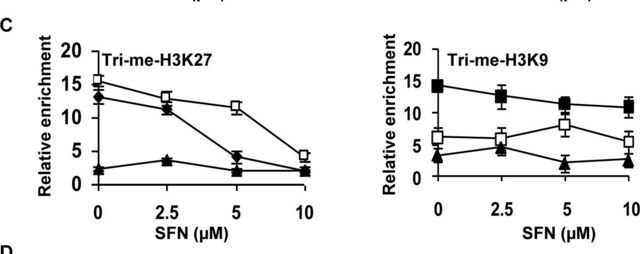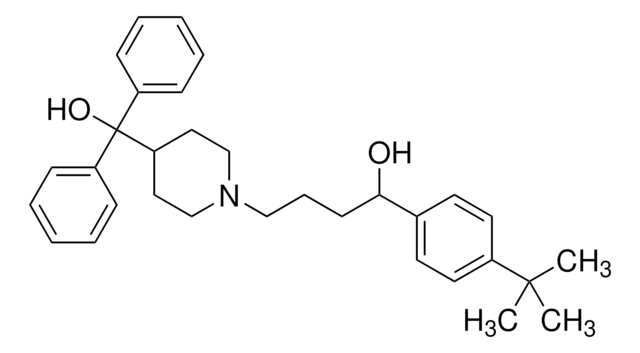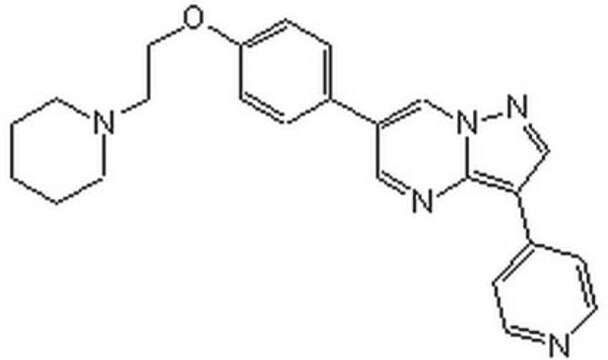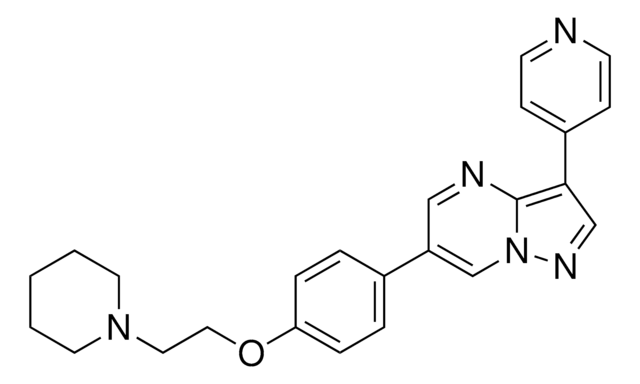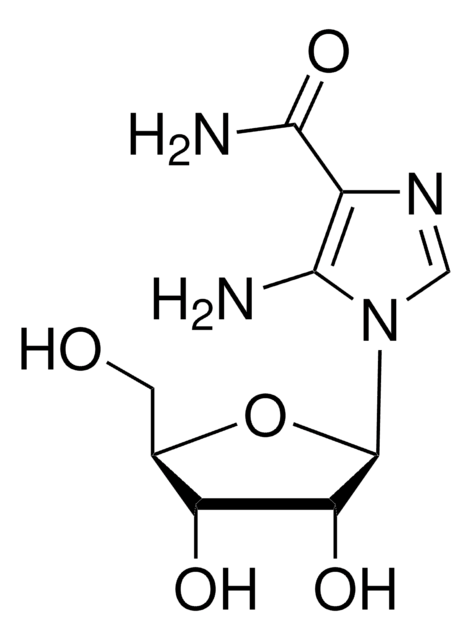D150959
1,1-Dimethylbiguanide hydrochloride
97%
Sinonimo/i:
Metformin
About This Item
Prodotti consigliati
Livello qualitativo
Saggio
97%
Stato
crystals
Punto di fusione
223-226 °C (lit.)
Stringa SMILE
Cl[H].CN(C)C(=N)NC(N)=N
InChI
1S/C4H11N5.ClH/c1-9(2)4(7)8-3(5)6;/h1-2H3,(H5,5,6,7,8);1H
OETHQSJEHLVLGH-UHFFFAOYSA-N
Informazioni sul gene
Cerchi prodotti simili? Visita Guida al confronto tra prodotti
Descrizione generale
Metformin is used as an organic base catalyst for the transesterification of coconut oil with methanol.
Applicazioni
- bis(1,1-dimethylbiguanido)copper(II) octahydrate
- bis(1,1-dimethylbiguanido)nickel(II)
- 1,1-dimethylbiguanidium tetrabromothallate(III)
Azioni biochim/fisiol
Avvertenze
Warning
Indicazioni di pericolo
Consigli di prudenza
Classi di pericolo
Acute Tox. 4 Oral - Eye Irrit. 2
Codice della classe di stoccaggio
11 - Combustible Solids
Classe di pericolosità dell'acqua (WGK)
WGK 1
Punto d’infiammabilità (°F)
Not applicable
Punto d’infiammabilità (°C)
Not applicable
Dispositivi di protezione individuale
dust mask type N95 (US), Eyeshields, Gloves
Scegli una delle versioni più recenti:
Possiedi già questo prodotto?
I documenti relativi ai prodotti acquistati recentemente sono disponibili nell’Archivio dei documenti.
I clienti hanno visto anche
Articoli
Sigma-Aldrich presents an article about how proliferating cells require the biosynthesis of structural components for biomass production and for genomic replication.
Il team dei nostri ricercatori vanta grande esperienza in tutte le aree della ricerca quali Life Science, scienza dei materiali, sintesi chimica, cromatografia, discipline analitiche, ecc..
Contatta l'Assistenza Tecnica.
